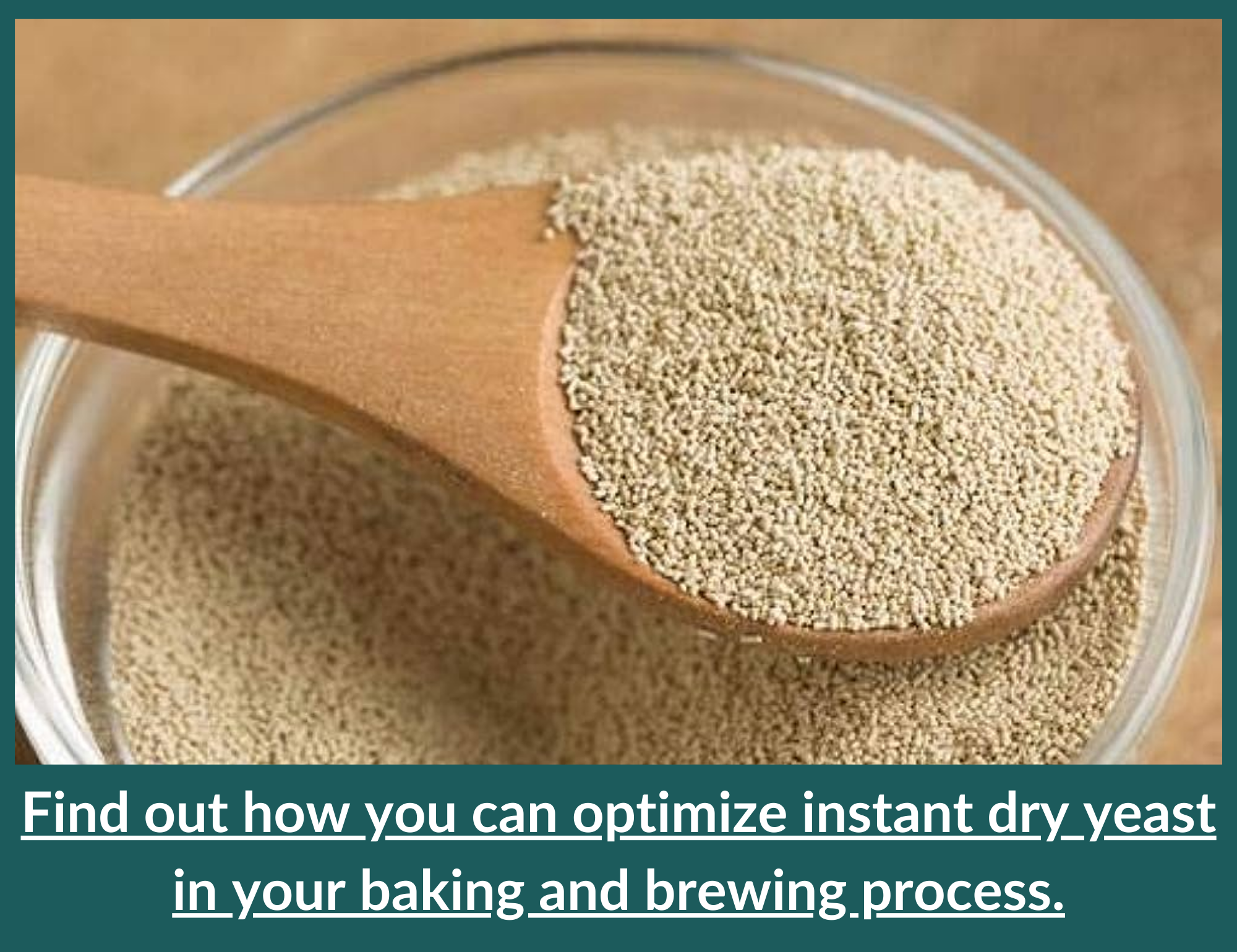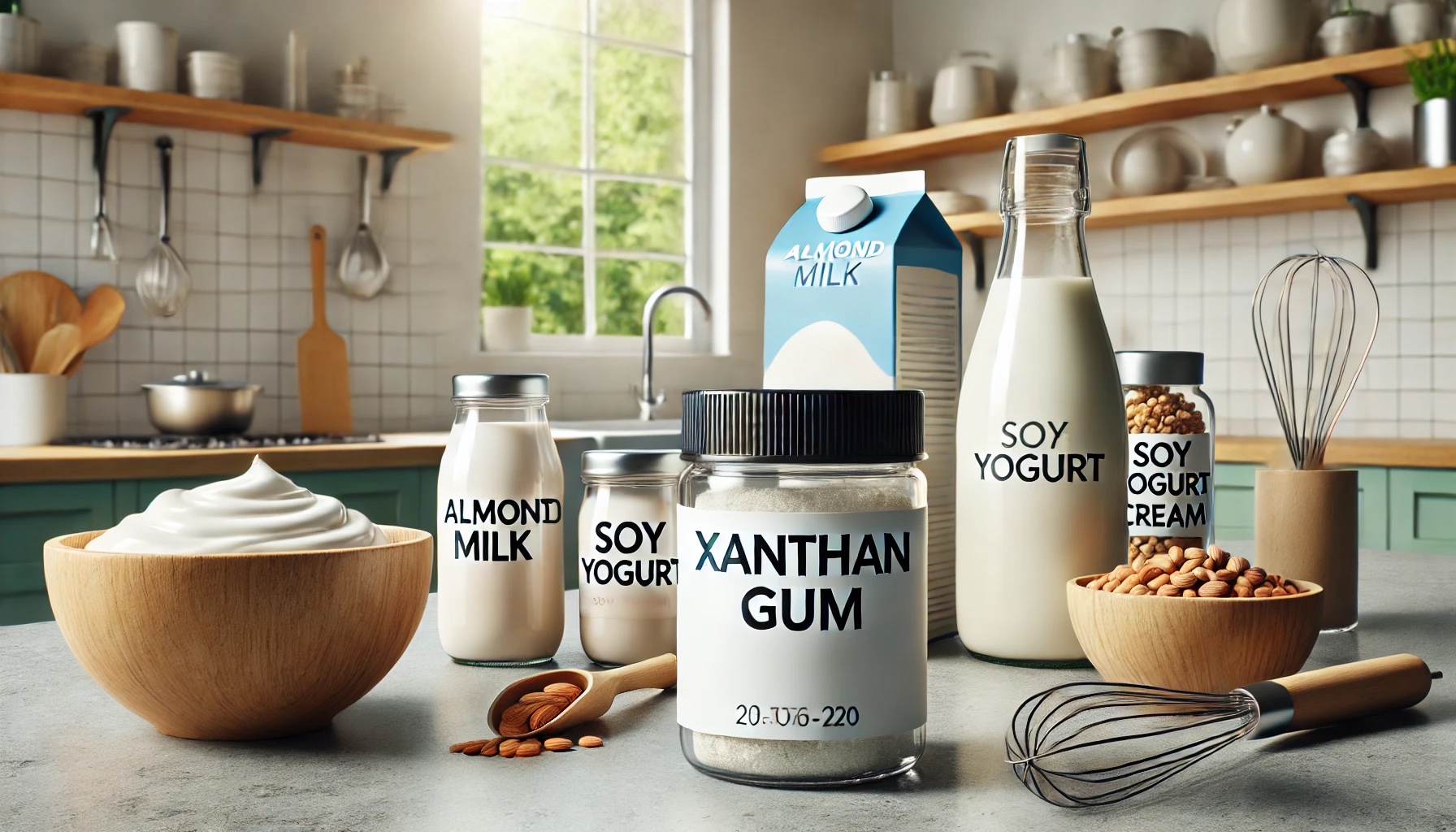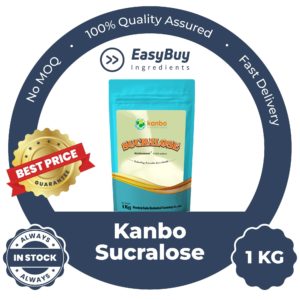Yeast is a crucial ingredient in both the baking and brewing industries. It plays a vital role in the fermentation process. It contributes to the end product’s flavour, texture, and overall quality. However, yeast management is often overlooked and poorly executed, negatively impacting the final product.
This article discusses the importance of yeast management in the baking and brewing industries. We discuss the best practices and techniques to ensure optimal yeast performance.
The Role of Yeast in Baking and Brewing
Yeast is a type of fungi that performs alcoholic and lactic acid fermentation. Instant Dry Yeast is used in the baking industry to leaven bread, pastries, and other baked goods. It produces carbon dioxide as a byproduct of fermentation, which causes the dough to rise. This leavening process is essential for creating baked goods’ light and airy texture.
In the brewing industry, use of Instant Dry Yeast converts sugars into alcohol, producing beer, wine, and other fermented beverages. It also determines the alcohol content, flavour, aroma, and body of the final product. The type of yeast used and the conditions under which it is fermented can greatly impact the flavour and quality of the end product.
Factors Affecting Yeast Performance
Several factors can affect the performance of Instant Dry Yeast in both the baking and brewing industries. These include:

Temperature:
Yeast is sensitive to temperature, and the optimal temperature range for yeast growth and fermentation varies depending on the type of yeast being used. For example, bread yeast typically performs best at a temperature between 68-72°F, while beer yeast typically performs best between 60-72°F.
- pH:
Yeast is sensitive to changes in pH, and the optimal pH range for yeast growth and fermentation is between 4.5-7.5. Extreme changes in pH can inhibit yeast growth or kill yeast cells, leading to poor fermentation and final product quality.
- Nutrient availability:
Yeast requires certain nutrients for growth and fermentation, such as sugars, amino acids, and vitamins. A lack of these nutrients can lead to slower or incomplete fermentation and negatively impact the flavour and quality of the end product.
- Contamination:
Contamination with other microorganisms can compete with the yeast for nutrients, leading to slow or incomplete fermentation. Contaminants can also produce off-flavours and aromas, negatively impacting the final product.
Best Practices for Yeast Management
To ensure optimal yeast performance, following best practices for yeast management in both the baking and brewing industries is important. These include:
- Storing yeast properly:
Yeast should be stored in a cool, dry place and should be used before the expiration date. If yeast is stored in a warm or humid environment, it can become inactive, leading to slower or incomplete fermentation.
- Measuring yeast accurately:
Yeast should be measured accurately to ensure consistent results. Inaccurate measurements can lead to slower or incomplete fermentation, negatively impacting the final product.
- Using high-quality yeast:
Using high-quality yeast from a reputable supplier can greatly impact the performance of yeast in both the baking and brewing industries. Using low-quality yeast can lead to slow or incomplete fermentations. It can also lead to off-flavours and aromas in the final product.
Looking for a stress-free solution to sourcing Instant Dry Yeast? Look no further! EasyBuy is the perfect platform for food manufacturers who want to streamline their procurement process. Take advantage of the best deals and easy ordering by purchasing with EasyBuy today.
Citations
- Joy of Baking. (n.d.). Yeast in Baking. Retrieved fromhttps://www.joyofbaking.com/Yeast.html
- American Homebrewers Association. (n.d.). Yeast Management in Brewing. Retrieved fromhttps://www.homebrewersassociation.org/how-to-brew/yeast-management-in-brewing/
- Brewing Techniques. (n.d.). Yeast Management: The Key to Consistent Brewing. Retrieved fromhttps://www.brewingtechniques.com/bt/issue/articles/yeastmanagement
- Better Baking Bible. (2015). Understanding Yeast in Baking. Retrieved fromhttps://www.betterbaking.com/2015/05/22/understanding-yeast-in-baking/










